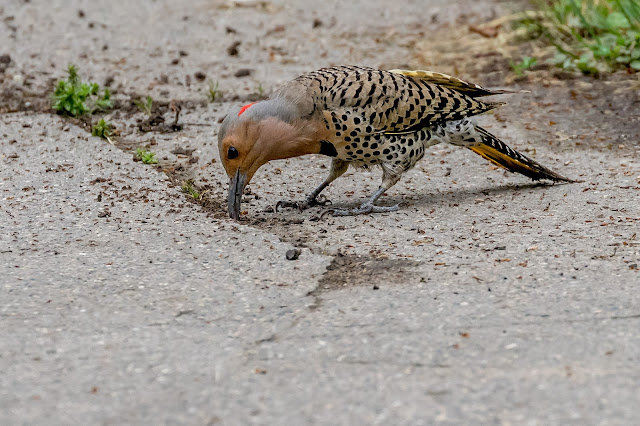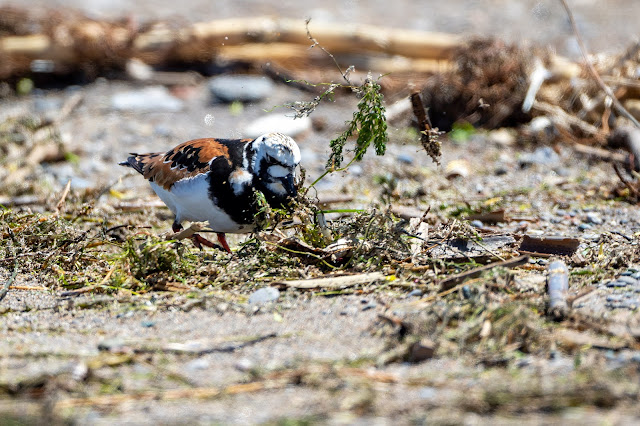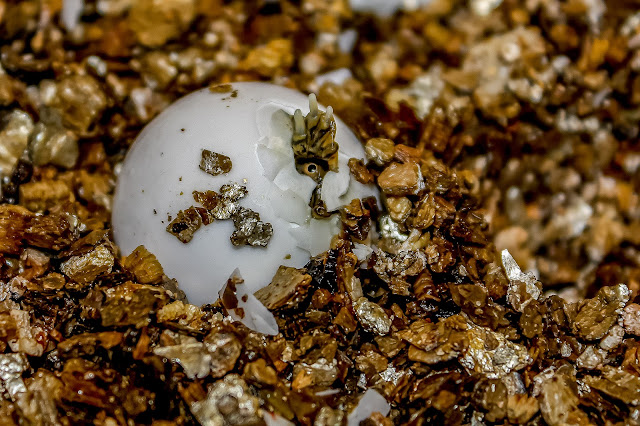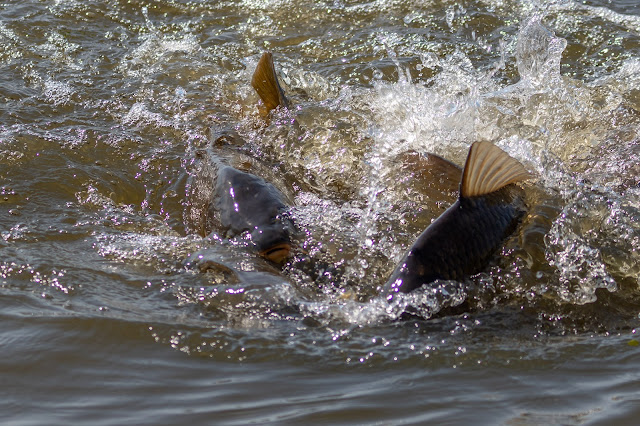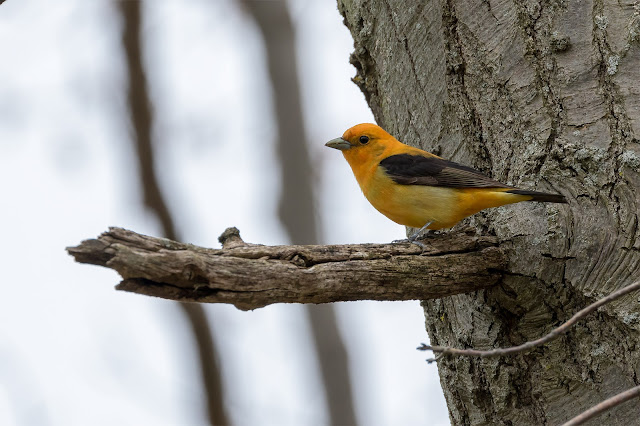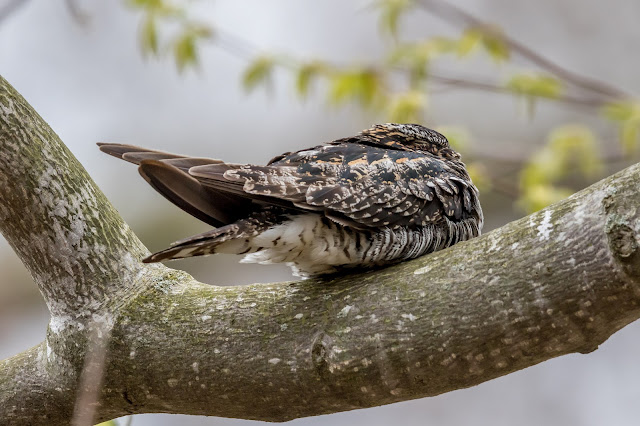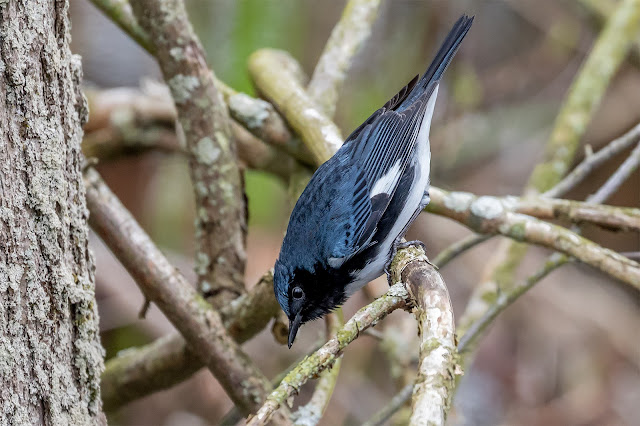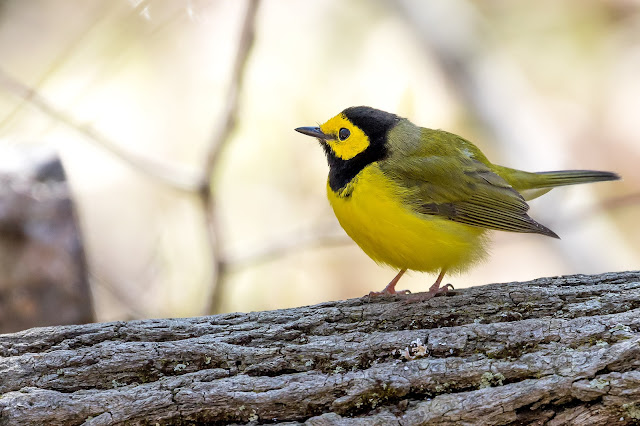Northern Cardinal, Rondeau Provincial Park, Ontario, Canada, May 28, 2019. This cardinal kept attacking the intruder in the mirror of a parked van. He kept vanquishing his foe only to have him return. Cardinalis cardinalis Many people are perplexed each spring by the sight of a cardinal attacking its reflection in a window, car mirror, or shiny bumper. Both males and females do this, and most often in spring and early summer when they are obsessed with defending their territory against any intruders. Birds may spend hours fighting these intruders without giving up. A few weeks later, as levels of aggressive hormones subside, these attacks should end (though one female kept up this behavior every day or so for six months without stopping). source - https://www.allaboutbirds.org/guide/Northern_Cardinal

